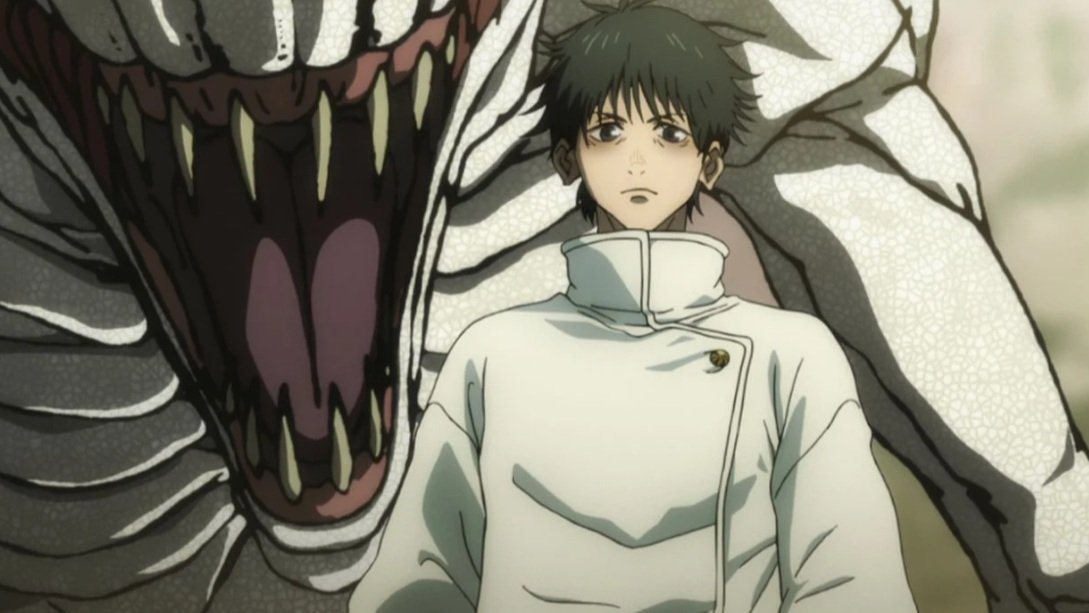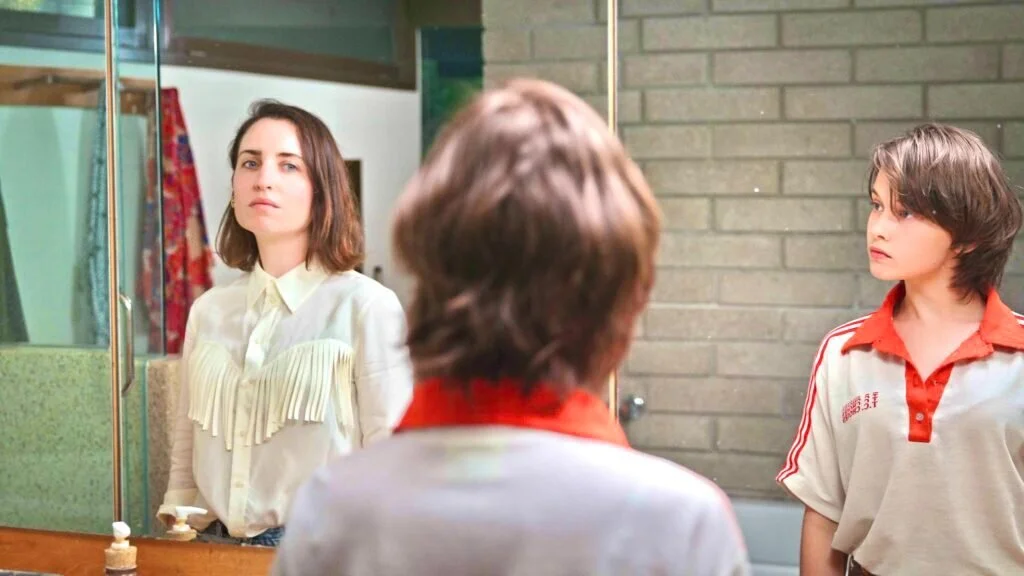Sundance 2021: We're All Going to the World's Fair
A teenage girl (Anna Cobb) sits at her desk, eating string cheese, and practices saying, “Hey guys, it’s Casey. Hey guys, Casey here. Today I’m going to be taking the World’s Fair challenge.” She leans back and looks around before tidying up her bedroom and turning off a light. Illuminated by glow-in-the-dark stickers and her monitor, she hugs a stuffed animal before returning to face us. The countdown and ding of Photo Booth indicates that her webcam has started recording. Her face lights up. “Hey guys, Casey here. Welcome to my channel. Today I’m going to be taking the World’s Fair challenge.” What follows is an entirely unexpected and inexplicable treatise on internet culture, loneliness, truth and lies, and the desire to be noticed, to be special, to be different.
The World’s Fair challenge—a viral trend in which someone says, “I want to go to the World’s Fair. I want to go to the World’s Fair. I want to go to the World’s Fair,” before pricking their finger, rubbing blood on their computer screen, and watching a video full of bright colors and strobe lights—is supposed to make changes in the individual who does it. In a YouTube clip titled “I can’t feel my body!” that Casey watches, a man who completed the World’s Fair challenge is seen running on a treadmill while slapping himself in the face. Another video plays titled “I am turning to plastic.” In a recording Casey posts of herself in a t-shirt outside in the snowy woods, she says, “my whole body’s numb. I know I should be cold right now, but I don’t feel anything.” Posting as a means of feeling something, of producing serotonin via likes, has been replaced by a desire for numbness.
But connection is still central to We’re All Going to the World’s Fair, Jane Schoenbrun’s sublime narrative feature debut. Casey is contacted by a stranger through cryptic messages and begins to speak regularly with him. At this point, the film pivots in a fascinating and brilliant manner, touching upon new topics that are deeply relevant to any discussion of online communities. The internet can be fun, playful, heart-warming, and insidiously cruel all at the same time. We know this, and, yet, it is so rarely addressed this artfully or elegantly onscreen.
Schoenbrun’s direction is extraordinarily confident, fluctuating between styles and tones as needed and understanding both their story and how their audience will feel when faced with it so impressively. This film signals the arrival of a major new talent, one capable of tackling bold issues with subtlety and tact. Not only are they a strong writer and director, they’re quite extraordinary at putting together a creative team unlike no other. Alex G’s music, Daniel Patrick Carbone’s cinematography, and the performances by their two actors, Cobb and Michael J. Rogers, are all exquisitely constructed and fit so tidily in this world they have built.
There’s a lot to love in We’re All Going to the World’s Fair, but it’ll certainly have its detractors as well. It’s an unwieldy film that won’t work for all audiences, but those looking for surprises will be quite delighted by what they find here. It’s hard to definitively pin down all of the thematic undercurrents of film like this; is it queer? Is it trans? Is it about predation? What is true? What is a hoax? Who has the power here? But that is a big reason why it’s so special. It is an idiosyncratic film that will inevitably mean different things to different people. Its mysterious, open-ended finale confirms this. But, regardless of how one feels about this narrative, it’s hard to imagine a viewer who doesn’t want to see more from Jane Schoenbrun after watching this.













